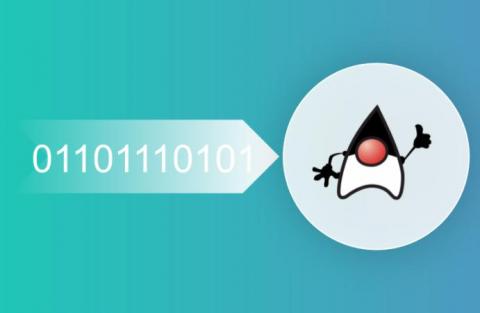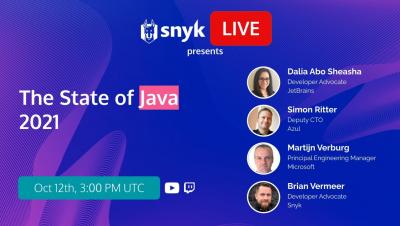Oracle Java License Change: Everything You Need to Know
The Oracle Java license change has become a hot topic amongst information technology professionals. As of January 2019, administrators who install Java 8 U 202 and later are only able to get security updates when they purchase support for each desktop. Furthermore, Java 11 and above is only available from Oracle under a commercial support agreement. The Java Oracle license change has raised concerns because support costs are expected to rise.











